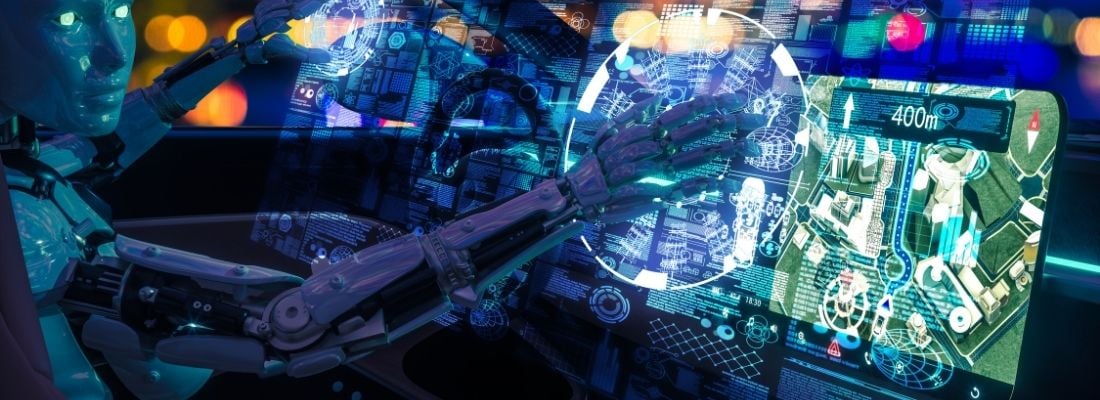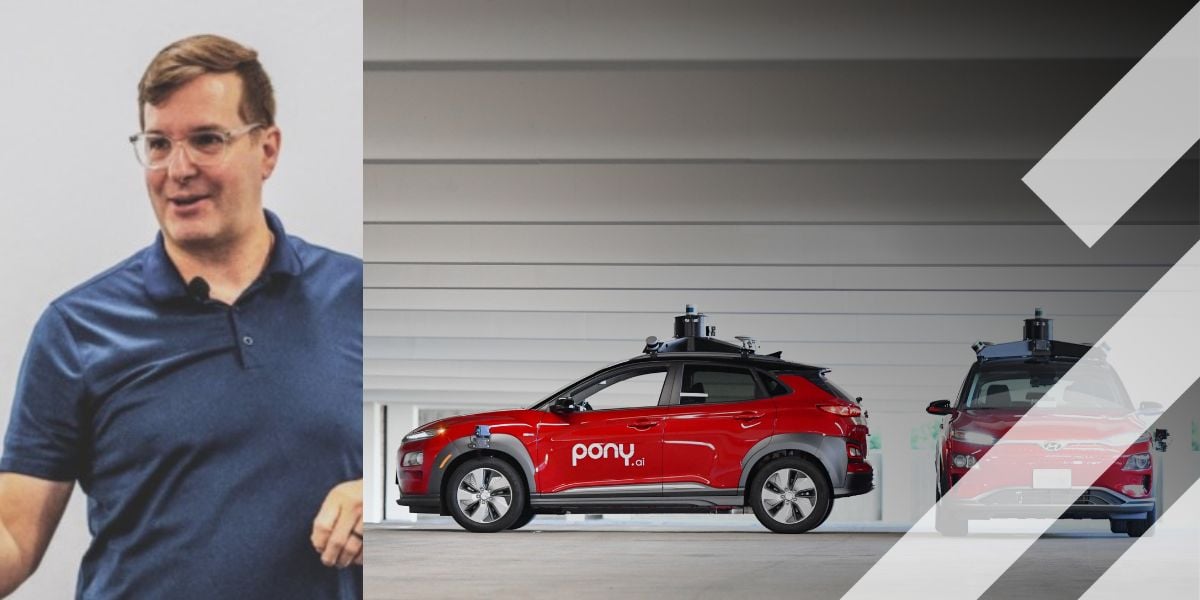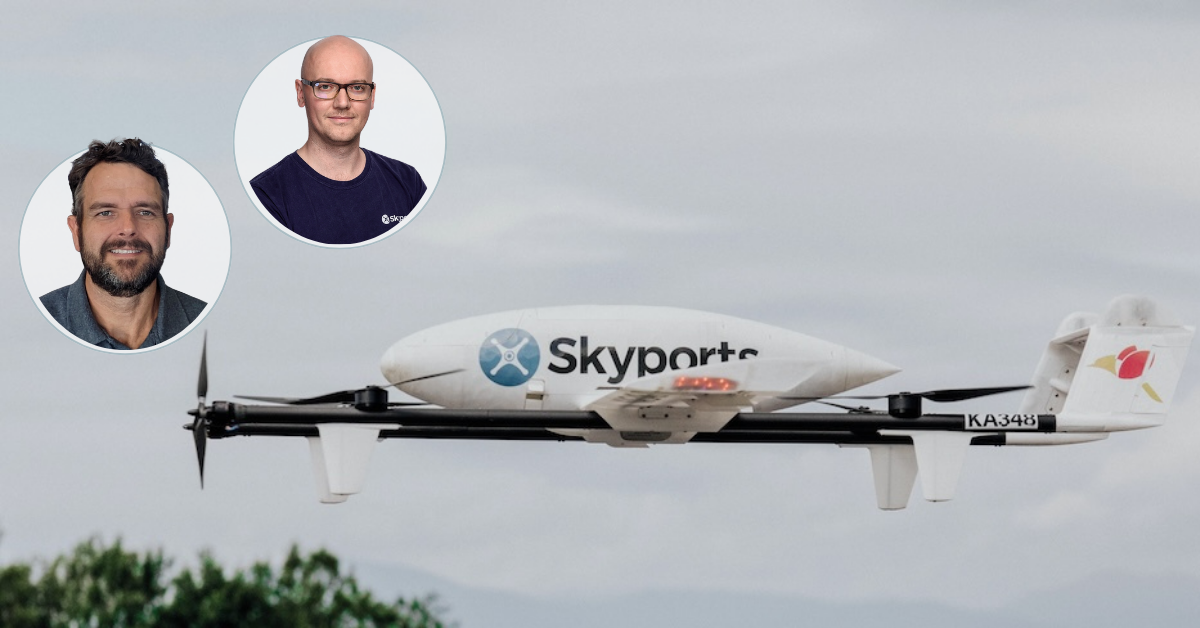Automated driving: The Roadmap
Part two: Joost Vantomme, ACEA
What is autonomous driving?
In December 2019 ACEA (European Automobile Manufacturers’ Association) published a Roadmap for the Deployment of Automated Driving. The Roadmap explained the key benefits and the different levels of automated driving (including the differences between autonomous driving and assisted driving), as well a comprehensive guide to the associated terminology, in a clear and aesthetically pleasing style. Crucially, it contained a timeline that set out the next steps that must be undertaken over the coming years in order to enable the deployment of automated vehicles on Europe’s roads in the near future.
A timeline for the future deployment of automated driving in Europe could be considered as something of a hornet’s nest – for anyone involved in the ITS sector in 2000 will undoubtedly remember that, if the predictions made around the turn of the last century had been accurate, we should have all been subscribers to autonomous, shared vehicle packages for at least 5 years by now.
Joost Vantomme, ACEA’s Smart Mobility Director, sees the Roadmap as a tangible method with which to explain the complexities of driverless technology. “What we did with that Roadmap was to demystify the automated, autonomous, connected scene. People have been getting a bit confused by the terminology. What does all that mean? We created a taxonomy on what is automated driving. We made a distinction between assisted driving, automated driving and autonomous driving. With autonomous driving the driver is not controlling the vehicle, it's actually the vehicle driving you and there is no input from the driver required. The functions of the vehicle take over some of the driver’s brain functions.”
Levels of Automation
Another potentially confusing element of the autonomous/automated “argument” is the SAE’s five Levels of Automation, partly because there are actually six (including Level 0 for vehicles that are entirely driven by humans).
The level of where we are today is level two, so for the majority of motor vehicles, it's assisted driving rather than automated,” explains Vantomme. “ADAS (Advanced Driver Assistance Systems) is really key. It can be cruise control, braking, steering, lane-keeping that's one kind of taxonomy. Second, we have highlighted the benefits of automated driving and also connected driving benefits in terms of efficiency, productivity, environment, climate goals, but also elderly people could also be more active, more mobile, in the mobility chain.”
There hasn’t been a question of “if” autonomous vehicles will be a commonplace sight on Europe’s roads for many years, only “when” as alluded to earlier, but perhaps one element that has not been given enough attention (some experts believe) is the roads that these extraordinary advances in autonomous technology will be driving on.
“You need the roads to be smart, too,” says Vantomme. “First, you need the vehicles to be automated and autonomous in the future and of course you need the whole regulatory system and policy on Type Approval. The UK has done a good job on that front. The vehicle as an instrument - as a product - should be approved to do that. But secondly, it's not only about vehicles, it's about the roads, you need to drive on the roads. CEDR (Conference of European Directors of Roads) are in discussions with us about the road infrastructure. Do they have to have better road markings, lane markings, speed limit signs, better communication between the vehicle and the roadside (V2I). Traffic signals will have to interact with cars so that our autonomous vehicles in the future will have a kind of cloud system or Artificial Intelligence built into the HD maps. We need those sensors to collect data so we can create maps of the cities and the maps of the road fatalities. That would be ideal, of course, so that we can interpret the data in real time.”
5G and automated driving
Vantomme is also concerned with the role that connectivity plays in the automated driving debate, particularly with how it can enhance the automated driving experience. “Most of the automated driving could actually be done without too much connectivity. But it would be much more worthwhile to have connectivity, V2V, V2I and V2X for example for safety reasons. That's where the 5G comes into play with short range communication and connected data sharing,” he explains. “We highlighted this in the Roadmap and we ended the Roadmap with a checklist for a legislative framework. That's this one. It’s very complicated, but it's all about legislation.”
“We need the UNECE (United Nations Economic Commission for Europe) to act and to make it happen but the good news is that UNECE has already adopted a number of such regulations. In June 2020 they passed a regulation on cybersecurity, on software updates over the air and on ALKS that was important as automated and autonomous vehicles needs to resilient to external attacks. It's also about being allowed to drive in an autonomous way. The vehicle might be ready, but the traffic law may not allow you to do that. That's why the whole international framework from the Geneva and Vienna conventions, need to have a consistent interpretation.”
“Ideally, among the European member states and UK, we would like to see a synchronization of these traffic laws. Germany has a new framework. Now they allow level four automation and even higher driving in real traffic, subject to a number of requirements, of course, but traffic legislation has been adapted to that. France has done the same. The UK too.”
Seamless borderless legislation
This is clearly encouraging and a great example of just how far the driverless tech sector has come in the last few years, but what about other countries?
“An autonomous vehicle doesn't stop at the border. We need ‘seamless, borderless’ legislation but with some dates of indicative timings. I know 20 years ago we believed driverless vehicles would be here in 2010 and that was rounded up to 2020 – but now we say 2030, maybe even 2035,” Vantomme predicts cautiously.“We currently have three kinds of vehicles with each of them a different level of automation: passenger cars, light commercial vehicles and heavy duty vehicles. For example, automated valet parking that is being tested now, and robotaxis and ‘highway chauffeur’. On the highways you can actually do better traffic management for automated vehicles, there are less unforeseen circumstances and it's more predictable. That's why we think highway chauffeur will see the light of day earlier.”
Among ACEA members there are a plethora of automated valet parking projects ongoing in conjunction with the parking industry itself.
Parking and autonomous vehicles
“And that's still a question about the parking side of automation - the physical infrastructure. Will they adapt themselves to the vehicles and the other way round? Will there be connectivity in an underground parking structure if you're at -3 or -4?” Vantomme wonders. “That far underground there is typically no connectivity so that’s where short range communication or sensors and cameras would be an option. You also have to think about a split between flows for automated and non-automated valet parking. It's a lot easier said than done, but the trials are ongoing.”
The mix of autonomous and human controlled; the tipping point
Joost Vantomme has spoken widely about the tipping point – the moment in time when the mix of autonomous or automated vehicles and human-controlled vehicles starts to cause the kind of problems that Prof Nick Reed discussed in part one of this article. That point where some vehicles are being driven perfectly by themselves, while others are being driven somewhat imperfectly by humans who are distracted by a bird or by spotting a friend on the pavement.
“There's already a lot of studies on that,” replies Vantomme. “The two that come to mind first are from Princeton University in the US and one by the Joint Research Centre of the European Commission. But I see it more as a local initiative from cities - you cannot regulate this across the board. It will be very much driven by local authorities. I’m not sure if the OEMs among my members are in favour of that or not, but we’ll get additional regulators to approve the vehicle and will alter crash test regulations for autonomous cars. We get regulations on traffic, we get regulation on safety interaction with the driver, but will we see regulations on where vehicles can drive in an autonomous way or not?”
Vantomme also questions the need for lanes dedicated to automated and autonomous driving. “We have taxi and bus lanes and this will be a discussion, for sure, at the local level but also at our level on ethics and on fair democracy, participation in the traffic. Would automated vehicles need a separate lane? Do we need to hold a whole lane hostage for automated driving?”
ACEA’s main function is to represent the interests of European vehicle manufacturers so Intertraffic wondered if those OEMs have a stock position on the current state of play with autonomous vehicle progress? Are there some companies who are disappointed with how (relatively) little progress has been made and, conversely, are there others that are actually very enthusiastic about the great strides that have been made over the past five or six years? Progress, of course, being entirely subjective.
“When you see the DNA of each OEM, it's definitely about safety, sustainability and meeting. CO2 and air quality targets,” responds Vantomme. “But what it comes down to is business cases. One can just ask himself, when is there a good use case and business case for that? Because developing these vehicles, cars, trucks, vans, and buses, is a very costly thing, of course. We have 15 OEMs that are eager to continue in this path. That's clear. That's a given.”
Public acceptance on autonomous driving
Without wishing to end what has largely been a positive discussion on a negative, what does Vantomme see as the one main barrier towards widespread implementation over the next 15-20 years? How important is public acceptance?
“One thing we can be sure of is that the technology should work there. It's about user trust and acceptance. The public, the drivers, need to be sure that they are happy to be driven autonomously everywhere. We need early adopters. 20 years ago there were no smartphones but now most of us cannot live without them,” says Vantomme. “A good example is autonomous shuttles in shopping malls and airports. People trust them. It was a case of seeing is believing with electric vehicles at first and now we need millions of charging stations in Europe in order to make it happen for home and office charging.” If AVs can follow the example of electric vehicles and become an everyday sight on our roads then maybe the search for perfection might have been a fruitful one after all.
Share your story
Do you have an innovation, research results or an other interesting topic you would like to share with the professionals in the infrastructure, traffic management, safety, smart mobility and parking industry? The Intertraffic website and social media channels are a great platform to showcase your stories!
Please contact our Sr Brand Marketing Manager Carola Jansen-Young.
Are you an Intertraffic exhibitor?
Make sure you add your latest press releases to your Company Profile in the Exhibitor Portal for free exposure.
Get up to speed on the mobility industry - our newsletter straight to your inbox!

.png?h=600&iar=0&w=1200)






